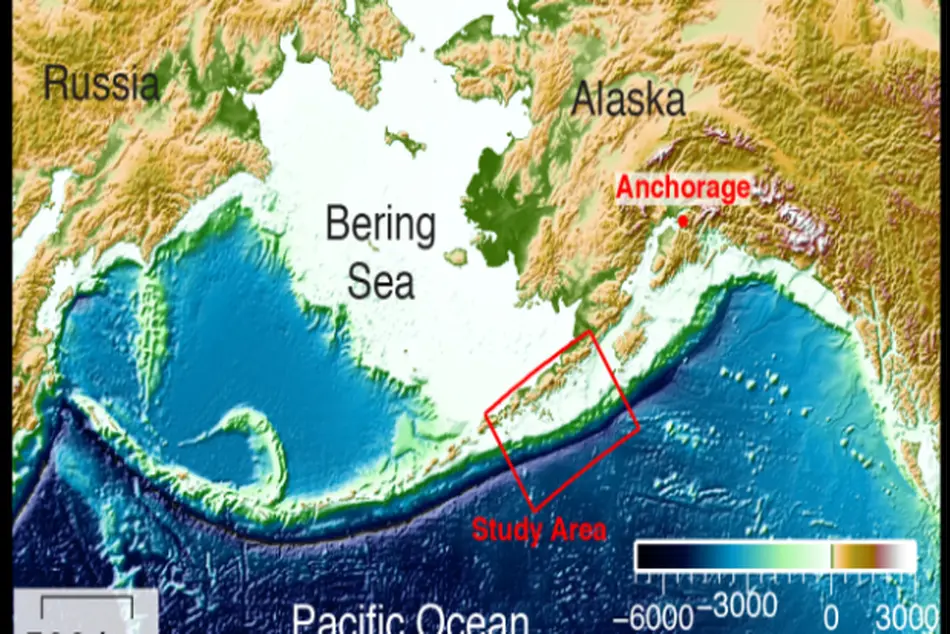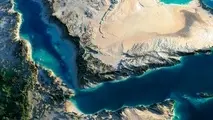Alaska is at risk of tsunami, scientists say

Scientists say that a catastrophic tsunami could occur off the coast of Alaska similar to the huge tsunami that killed many people in Japan in 2011 following a 9.0 magnitude quake. They have now found that there are signals for a similar earthquake off the coast of Alaska, resulting in a dangerous tsunami that could devastate parts of the state and reach southerly parts of North America, Hawaii and beyond.
In a study published in the journal Nature Geoscience, researchers at Columbia University’s Lamont-Doherty Earth Observatory created new, detailed maps of an area of the seafloor off Alaska called the Shumagin Gap. This is a creeping subduction zone at the end of the Alaska Peninsula, 600 miles from Anchorage.
The discovery “suggests this part of Alaska is particularly prone to tsunami generation,” said seismologist Anne Bécel of Columbia University’s Lamont-Doherty Earth Observatory, who led the study. “The possibility that such features are widespread is of global significance.” In addition to Alaska, she said, waves could hit more southerly North American coasts, Hawaii and other parts of the Pacific.
Tsunamis can occur as giant plates of ocean crust dive under adjoining continental crust, a process called subduction. Some plates get stuck for decades or centuries and tension builds, until they suddenly slip by each other. This produces a big earthquake, and the ocean floor may jump up or down like a released spring. That motion transfers to the overlying water, creating a surface wave.
The 2011 Japan tsunami was a surprise, because it came partly on a “creeping” segment of seafloor, where the plates move steadily, releasing tension in frequent small quakes that should prevent a big one from building. But researchers are now recognizing it may not always work that way. Off Japan, part of the leading edge of the overriding continental plate had become somewhat detached from the main mass.
When a relatively modest quake dislodged this detached wedge, it jumped, unleashing a wave that topped 130 feet in places. The telltale sign of danger, in retrospect: a fault in the seafloor that demarcated the detached section’s boundary landward of the “trench,” the zone where the two plates initially meet. The fault had been known to exist, but no one had understood what it meant.
The researchers in the new study have now mapped a similar system in the Shumagin Gap, a creeping subduction zone near the end of the Alaska Peninsula some 600 miles from Anchorage.
